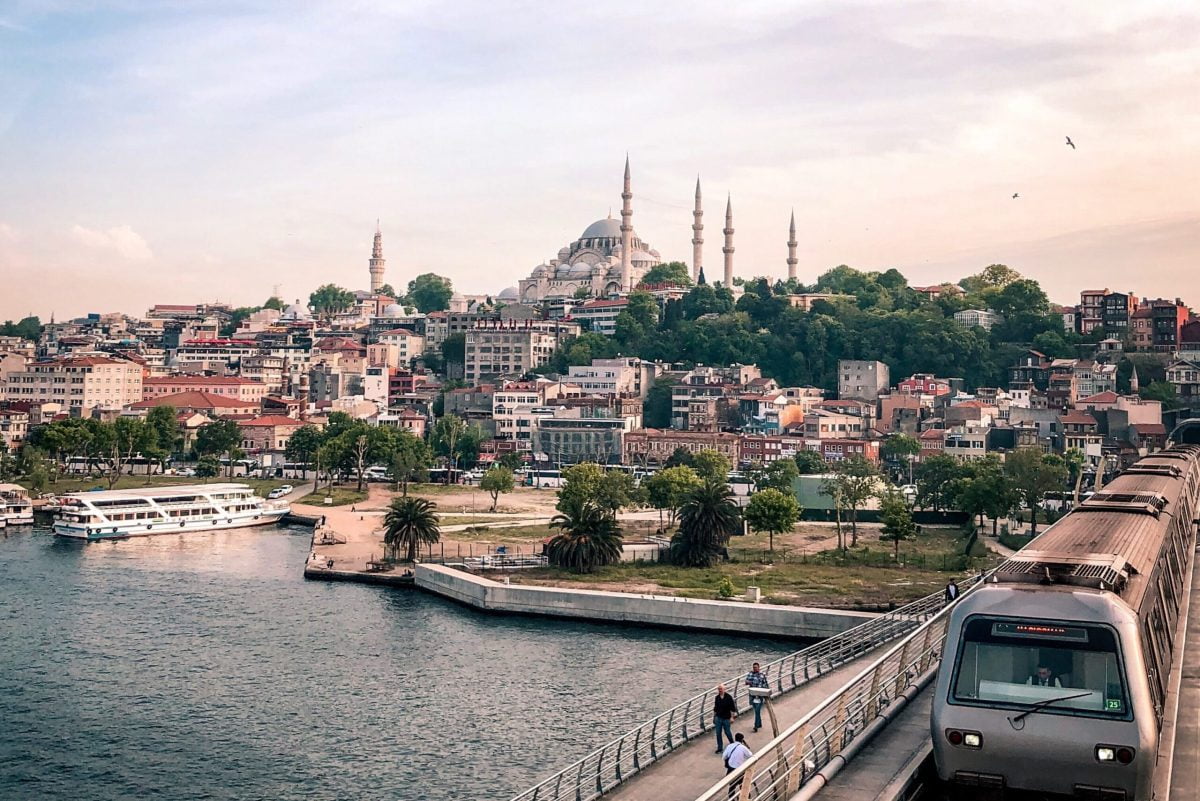
Some call it east, and some say west: Istanbul is the bridge where the east meets the west. It’s an incredible mix of civilization with breathtaking landscapes and history combined with modernity.
Istanbul has hosted great civilizations and still keeps its history and legacy. If you visit this amazing place one day, the city will have surprises on every corner.
What makes Istanbul so unique?
Istanbul is the economic and cultural capital of modern Turkey. It used to be the capital of great civilizations from East Roman Empire (later known as Byzantium) to the magnificent Ottoman Empire.
Because of its strategic location, Istanbul has always been a mix of the western and the oriental world. It’s also called a melting pot because it has always become a home for all.
Although lately the city is heavily populated by Turkish people, Istanbul is a multicultural home for many worldwide.
It was also an important stop and market of the silk way. Merchants could send their goods either by ship or on the road, which is still the case in modern times.
Thanks to its geographical location, Istanbul has always been financially and culturally rich.
What to see in Istanbul?
There is plenty to see in Istanbul. It is home to historical monuments, modern museums, and tourist attractions.
Depending on why you are visiting this multicultural city, you may decide from the long alternative sites to see in the Istanbul list.
However, we have compiled four must-see sights to which you should only leave the city by paying a visit.
4 Must-see sites in Istanbul
If you ever visit this magnificent city, you’d better check these four sites. Anyone should see those great sites at least once in their lives.
Blue Mosque
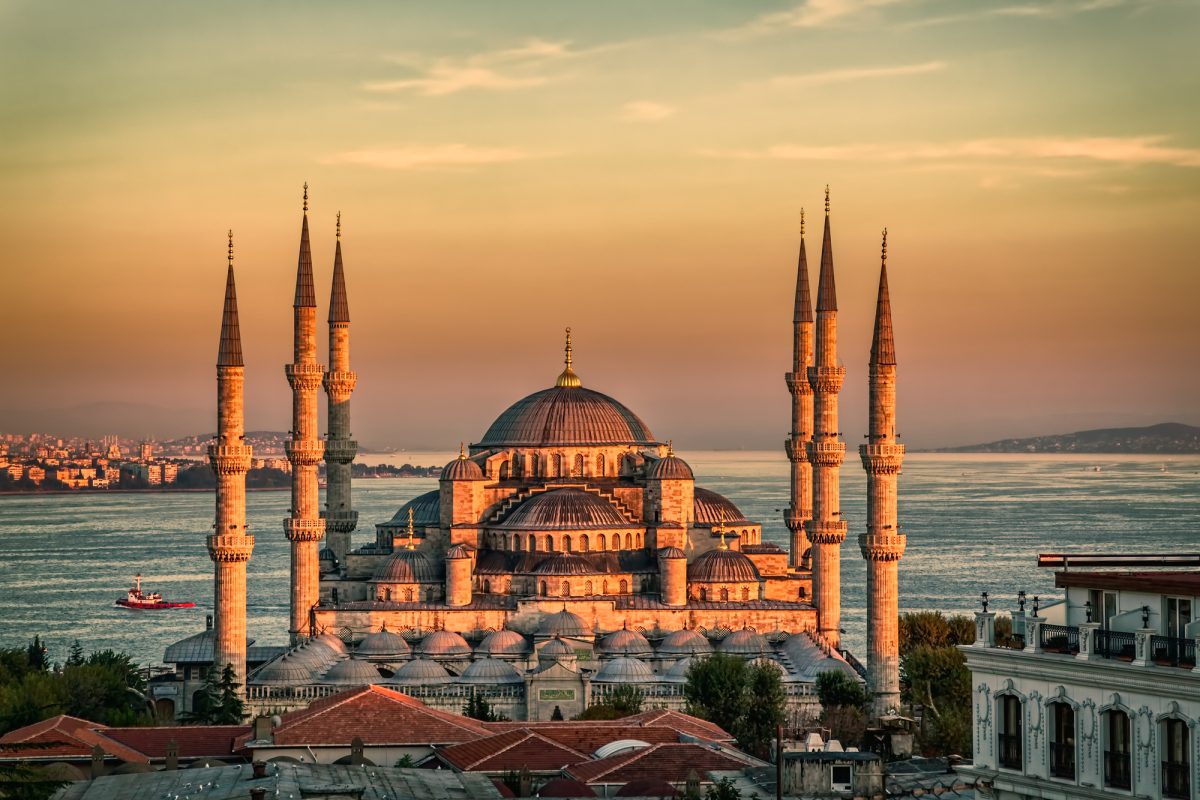
Built-in the 15th century and included in UNESCO World Heritage in 1985, Blue Mosque is a breathtaking monument standing right in front of Hagia Sofia.
Turkish people call the Blue Mosque Sultan Ahmed Mosque, named after the sultan of that time.
Sultan Ahmed I wanted to be remembered, so he built a mosque in his name. Sultans at that time built monuments in their name from war booty. But Sultan Ahmen I did not have great victories in war; instead, he supported the money from the treasury.
It is called Blue Mosque in English because of the interior decoration of the mosque. The upper area of the structure is mainly painted blue, and there are over 20,000 Iznik-made turquoise ceramic tiles and more than 50 tulip designs.
Remember that Blue Mosque is an actively operating mosque, which is closed to visitors five times a day during the praying times, allowing only prayers to enter the building.
Hagia Sofia
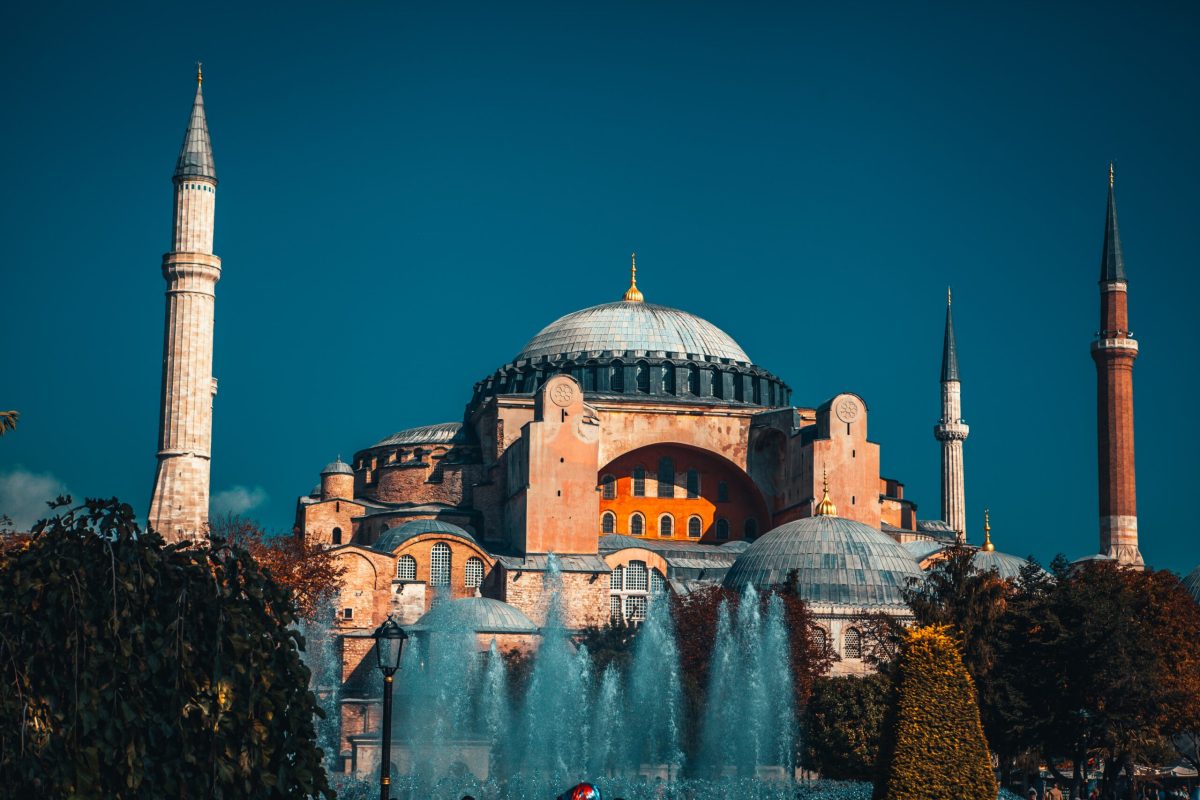
One of the most remarkable monuments of Orthodox Christianity, Hagia Sofia, was built as a cathedral for the people of Constantinople under the reign of the East Roman Empire Justinian I.
The current name of the cathedral is the Hagia Sofia Grand Mosque. When Ottomans conquered Constantinople in 1453, Hagia Sofia functioned as a mosque until 1935.
Mustafa Kemal Ataturk, the founder of modern Turkey, also known as the Great Turk, converted Hagia Sofia into a museum. It served as a museum until 2020, when it was again transformed into an active mosque.
Therefore, like the Blue Mosque, Hagia Sofia is also closed to visitation during praying.
The building is one of the finest examples of Byzantine architecture. Its dome is exclusively unique, composed of four spherical triangular pendentives. The central dome of Hagia Sofia was considered the biggest until the construction of St. Peter’s Basilica in the Vatican.
The interior design of Hagia Sofia is very complex. The decoration includes mosaics, marble pillars, and coverings of outstanding artistic significance.
Topkapi Palace
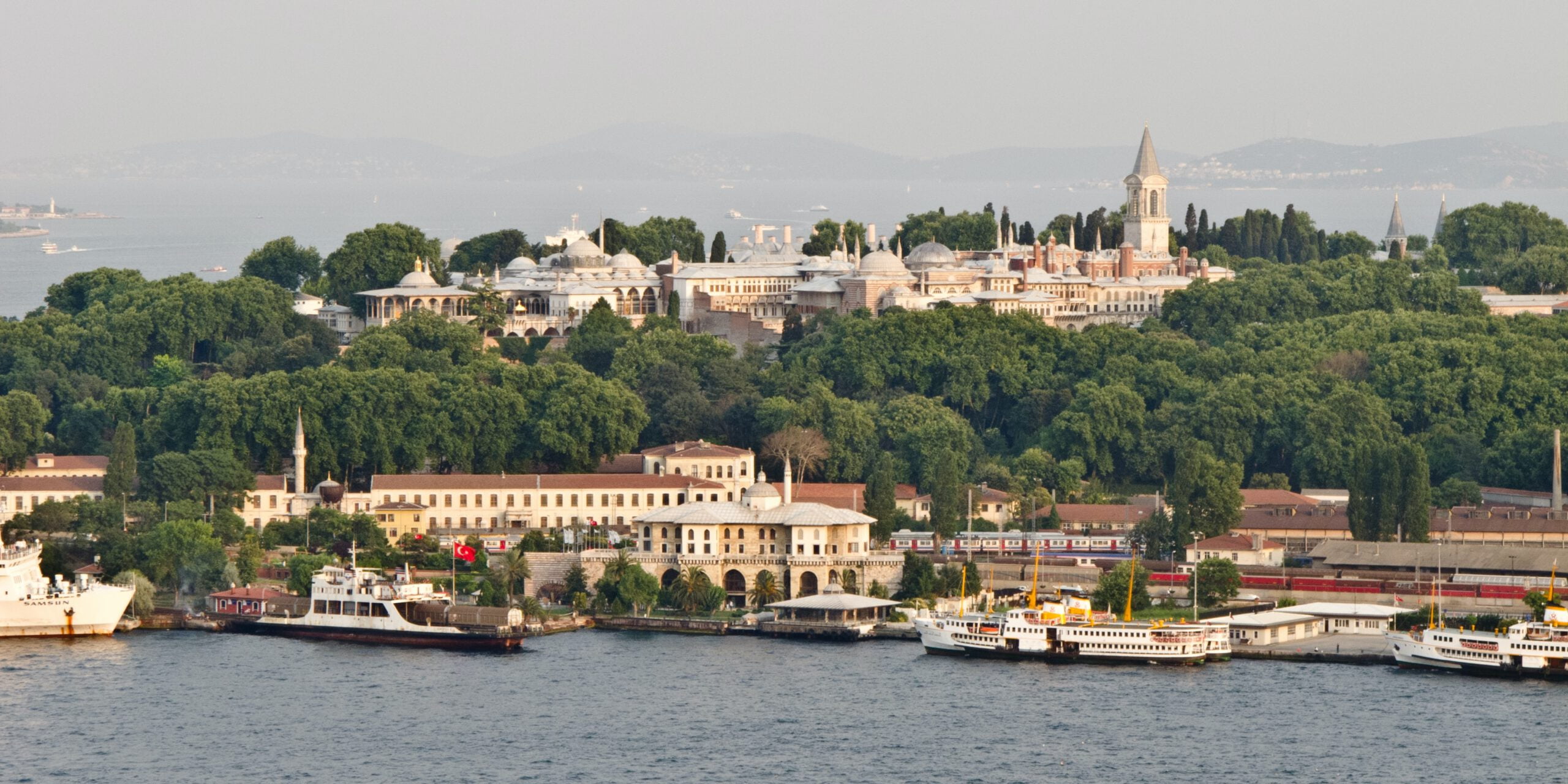
Topkapi Palace was home to many great Ottoman sultans between the 15th till 17th centuries. The palace construction started in 1459, six years after Mehmet the Conquerer conquered the city, and Istanbul became the hearth of the empire.
It was initially called ‘The New Palace’ until the 19th century. The name ‘Topkapi’ was given much later, meaning the cannon gate.
The palace is located on a grand land, on a peninsula facing Bosphorous. The complex consists of four primary courtyards and many much smaller buildings.
Topkapi Palace was where the Ottoman Dynasty members lived; however, it was also the heart of politics. The Grand Vizier -Prime Minister- performed the meetings in a chamber called ‘Divan,’ which could be considered a modern parliament building.
Divan’s unique construction allowed the sultans to observe and hear the meetings; the members were never sure if the sultan had watched them.
Another mysterious and attractive part of Topkapi Palace is the Harem, led by the sultan’s mother. The harem was a separate part of the palace with over 400 rooms that only women could enter. The wives of the sultan and other female family members lived there. There were also castrated male servants who could live in the Harem.
Basilica Cistern
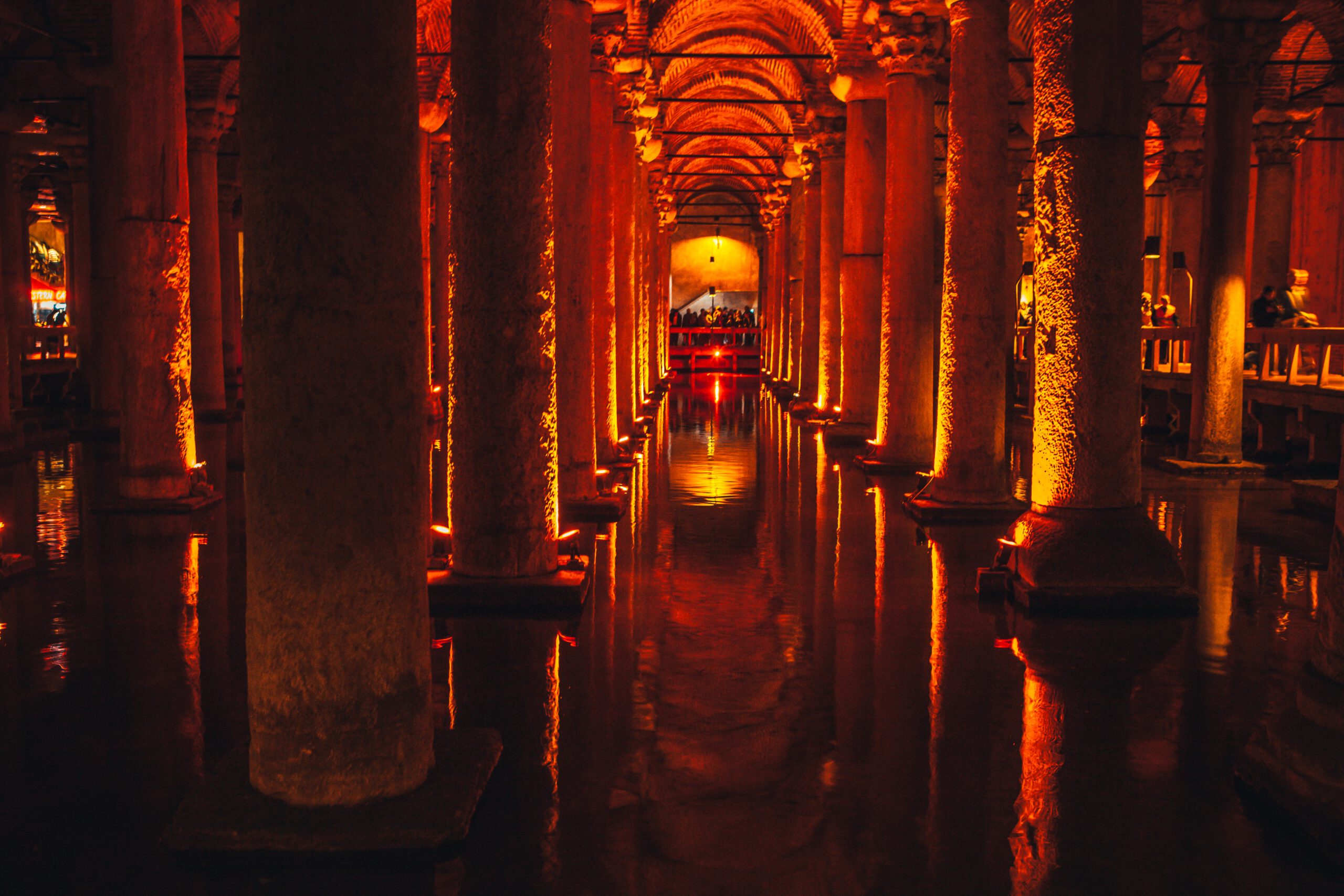
Basilica Cistern is an enormous ancient cistern lying under the city of Istanbul. The Byzantines constructed hundreds of cisterns beneath Istanbul, but Basilica Cistern is the largest of all.
The Basilica was built in the 6th century and provided water filtration for Byzantine palaces and other buildings nearby. After the conquering of Constantinople, Ottomans also used the cistern.
Constructed right next to Hagia Sofia, historians say over 7000 enslaved people were used while building the cistern.
Being one of the top attractions in Istanbul, visitors can enter Basilica Cistern Museum. The unique atmosphere with dimmed lights, still carrying some water, the Sunken Cistern -as it is called in Turkish- offers a mysterious and exciting experience.
At the end of the exciting walk, two columns with carved Medusa heads will startle you with amazement. How or why the Medusa heads are there is still a mystery.
Last words of advice
If you visit this modern but oriental, colorful and cheerful city, make sure you visit these four sites to understand why Istanbul is so memorable. Also, how it has evolved and been shaped thanks to its remarkable history, with different cultures and religions.
Moreover, these sites are extremely popular among visitors, so you may consider booking your tickets online to skip the line.
